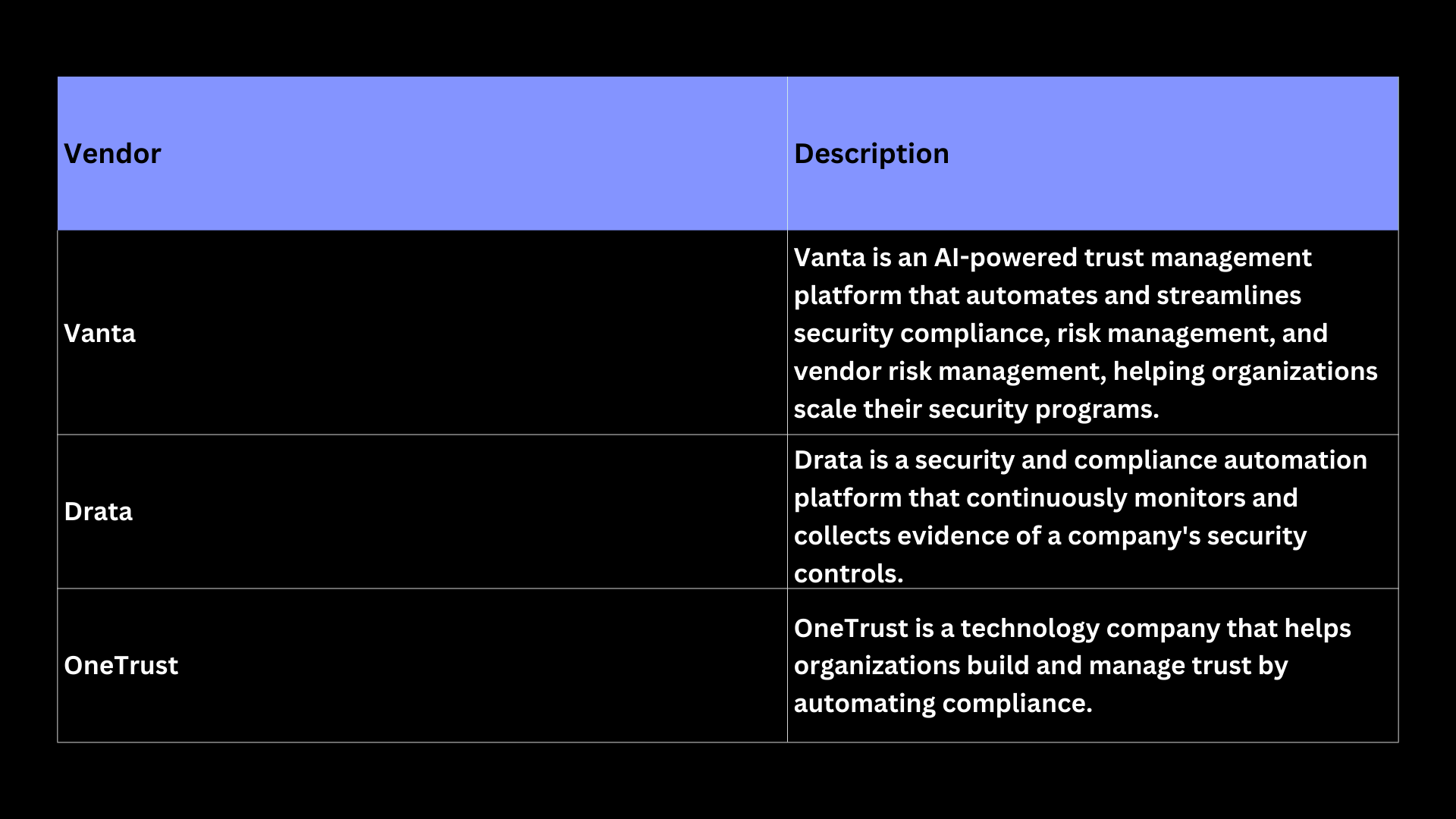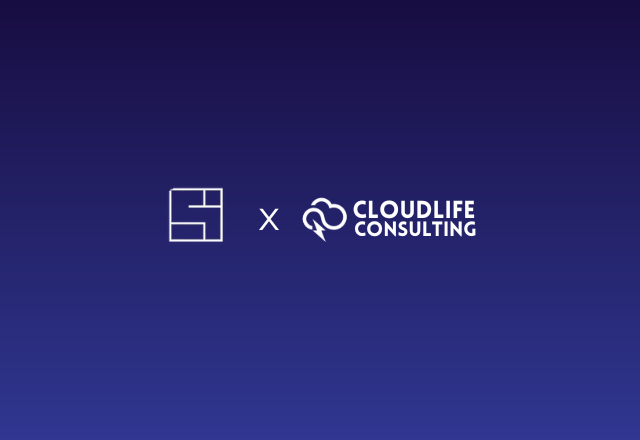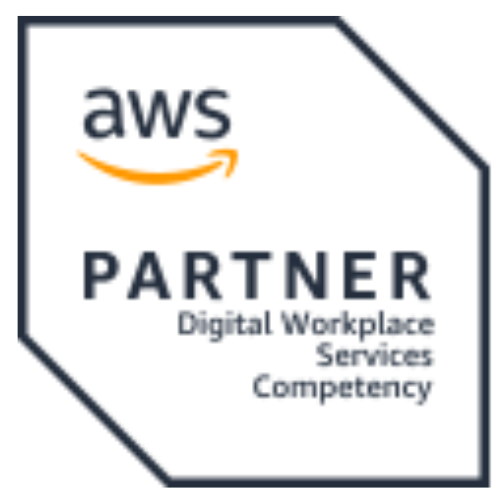As organizations mature, GRC (Governance, Risk, and Compliance) software becomes foundational, not optional. Regulatory complexity, contractual security requirements, and the pace of cloud-native innovation demand operationalized compliance that doesn't bottleneck teams. Ad hoc spreadsheets or “compliance theater” won’t scale. You need tooling that enforces security posture with real-time insight, supports audit cycles, and integrates cleanly with your stack.
This article outlines a rigorous GRC evaluation process grounded in architecture, automation, and outcomes. Whether you're pursuing SOC 2, ISO 27001, or preparing for IPO-readiness, this guide will help you distinguish between checkbox vendors and true compliance enablers.
Step 1: Define your GRC needs
Before evaluating vendors, precisely scope your needs to avoid overbuying or implementing misaligned tools.
- Framework Coverage
Do you need SOC 2, ISO 27001, HIPAA, PCI DSS, GDPR, or HITRUST? Will you need multi-framework mapping? - Compliance Objectives
Are you preparing for third-party audits, reducing operational risk, or standardizing internal policies? - Monitoring Strategy
Does your organization require continuous evidence collection or point-in-time snapshot compliance? - Multi-Team Access
Will InfoSec, Engineering, Legal, and People Ops teams require role-based access? - Growth Plan
Are you rapidly hiring, onboarding vendors, expanding across regions, or layering additional frameworks in the next 6–18 months?
Step 2: Vendor overview
Before scoring, select the vendors you want to evaluate and understand how they are positioned in the market.

Step 3: Evaluation criteria
Scores each platform against mission-critical capabilities. Scores range from 1 (does not meet expectations) to 5 (exceeds expectations).
.png)
Step 3: Must-Have vs. Nice-to-Have Features
Prioritize functionality with direct business impact. Avoid shiny features that don’t support roadmap goals.
Must-Haves
- SOC 2 & ISO 27001 baseline support
- Evidence automation integrated with your stack (Okta, AWS, GitHub)
- Real-time drift detection and alerts
- Cross-team access with role-based permissions
- Audit portal with secure, exportable artifacts
Nice-to-Haves
- External Trust Center site for transparency
- Vendor risk module (only if you manage >15 vendors or 3rd-party data flows)
- Security questionnaire automation
Step 4: Final Comparison & Recommendation
After reviewing each tool, here’s how the top options stack up:
- Vanta offers the strongest automation and user experience, making it ideal for fast-scaling startups and large enterprises that require continuous compliance across complex environments.
- Drata is excellent for engineering-led teams and organizations with dev-heavy workflows and CI/CD pipelines.
- OneTrust shines for large enterprises with complex risk management and multiple use cases—but can be overkill for smaller teams.
Recommendation:
Based on our evaluation, Vanta is our top recommendation due to its:
- AI-powered capabilities that reduce manual compliance work by up to 80%, accelerating readiness and cutting audit prep time.
- Powerful automation of compliance and evidence workflows
- Outstanding support and value for fast-scaling companies
Conclusion
Choosing the right GRC software is a strategic decision. While all platforms offer compliance capabilities, the best tools also drive operational efficiency, reduce audit fatigue, and scale with your business. In 2025, modern GRC means automation, integration, and continuous risk visibility.
Need help evaluating your options or getting compliant fast?
👉 Contact us for an evaluation
.png)

.png)



